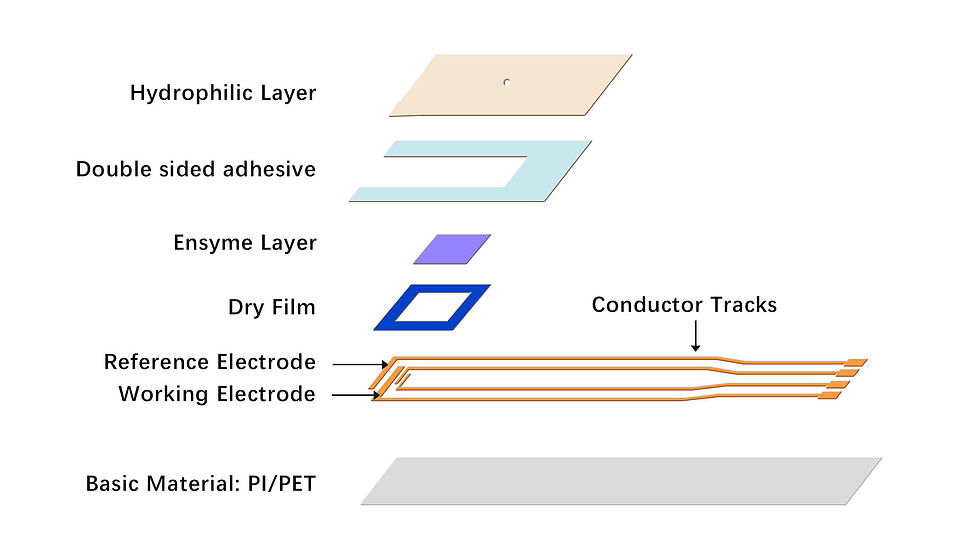FPC and Rigid Flex PCB in Robot Vacuum Cleaners
- Flex Plus Tech team

- Apr 24
- 2 min read
Rigid Flex PCB in robot vacuum cleaners is revolutionizing the way modern cleaning devices are engineered, alongside flexible PCB. These technologies are transforming how vacuum cleaners—especially smart, automated models—are designed and built. By enabling smarter layouts, improved space utilization, and enhanced reliability, they meet the critical demands of compact, high-performance home appliances. In this article, we’ll explore how both FPC and Rigid-flex PCBs are applied in vacuum cleaners, and why they’re essential for next-gen smart appliances.

What Are FPC and Rigid-flex PCBs?
FPC (Flexible Printed Circuit): A bendable, lightweight PCB that can flex and fold, ideal for tight spaces.
Rigid-Flex PCB: A hybrid of rigid and flexible PCB technologies, combining structural support with flexibility, allowing seamless integration across complex 3D device layouts. Both technologies help reduce size, enhance performance, and increase assembly reliability.
Applications of FPC and Rigid Flex PCB in Robot Vacuum Cleaners
1. Sensor Network Integration
Modern vacuum cleaners feature numerous sensors for autonomous operation:
LiDAR units
Bump and obstacle detection
Cliff sensors
Dust detection and air flow monitoring
IMUs for motion tracking FPCBs offer easy routing and minimal space usage. For complex sensor arrays with mixed mounting positions, Rigid-flex PCBs ensure a robust and unified connection, reducing connectors and solder joints, which improves reliability under mechanical stress.
2. Battery and Power Delivery
Battery compartments often sit in curved or irregular locations. FPCs connect battery cells to control boards with precision and minimal bulk. In some designs, Rigid-flex circuit boards are used to integrate charging contacts, power distribution circuits, and battery monitoring ICs—all on one composite board that fits the device’s shape.
3. Motor and Actuator Connections
Drive motors, suction fans, and brush motors are placed throughout the cleaner’s body. Flexible PCBs allow the mainboard to connect to these actuators cleanly. Rigid-Flex designs are especially useful when motors are mounted on moving parts or modular panels, as they reduce wear and tear from repetitive motion.
4. Camera and Vision Systems
High-end vacuum cleaners use visual SLAM (Simultaneous Localization and Mapping), requiring front-facing or top-mounted cameras. FPCs are the go-to choice for linking cameras to mainboards due to their lightweight and flexibility. In more sophisticated designs, Rigid-flex PCBs can combine image processing circuitry and camera connection in one compact board, saving both space and assembly steps.
5. Modular Component Interfaces
Dustbins, mopping units, and water tanks are often detachable and feature embedded electronics. FPC boards enable flexible electrical paths, while Rigid-Flex boards provide a more durable solution for components that undergo frequent physical interaction.
6. Navigation and Control Boards
Many modern cleaners use multi-layered PCBs for navigation control (especially when using AI chips or complex algorithms). Rigid-flex circuit boards offer excellent mechanical stability and can wrap around or integrate into curved internal frames—ideal for combining functionality in a tight footprint.
For more information about FPC, please contact us.




Comentários